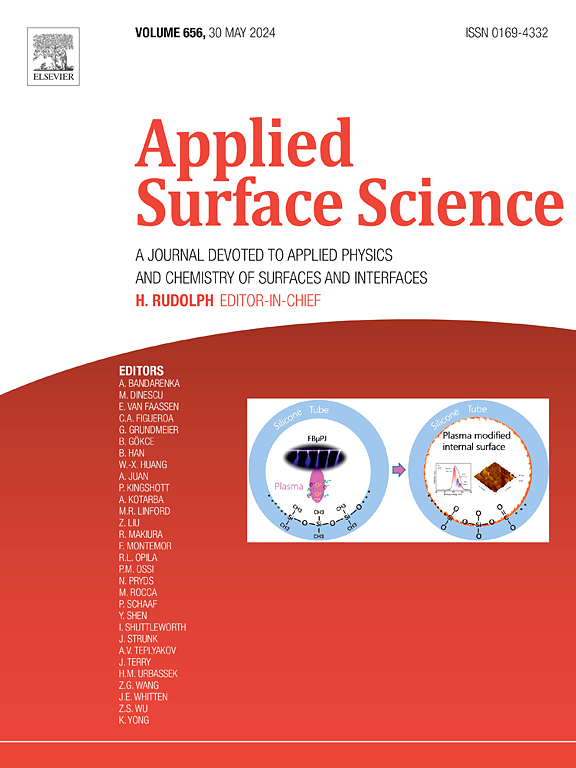Oxygen-vacancy engineered Co3O4 cathodes for 3D printing micro-supercapacitor applications
IF 6.3
2区 材料科学
Q2 CHEMISTRY, PHYSICAL
引用次数: 0
Abstract
The increasing demand for high-energy–density, customizable Micro-Supercapacitors (MSCs) is driven by the rapid miniaturization, integration, and smart functionalities of electronic devices. The use of 3D printing technology in fabricating high-performance energy storage electrodes opens up novel opportunities for portable and micro-device applications. Through a simple solution reduction method, NaBH4 is used to adjust the electronic structure of Co3O4, producing defects rich in oxygen vacancies (Ovs), increasing electroactive sites, reducing resistance, and thus improving the performance of supercapacitors. By mixing with graphene oxide in a certain proportion to prepare 3D printing ink, a three-dimensional conductive network is formed. In this work, the Micro-Supercapacitor (MSC) fabricated via 3D printing technology demonstrates excellent electrochemical performance. It achieves a high areal specific capacity of 715.6 mF cm−2 at a current density of 1 mA cm−2. After 10,000 cycles at a high current density of 9 mA cm−2, it retains 92.5 % of its initial capacity. Additionally, it delivers an impressive energy density of 254.4 µWh cm−2 at a power density of 800 µW cm−2. Mesenchymal stem cells fabricated via 3D printing offer a transformative approach for developing next-generation wearable electronics.

用于3D打印微型超级电容器应用的氧空位工程Co3O4阴极
电子设备的快速小型化、集成化和智能功能推动了对高能量密度、可定制的微型超级电容器(MSCs)的需求不断增长。使用3D打印技术制造高性能储能电极,为便携式和微型设备应用开辟了新的机会。通过简单的溶液还原法,利用NaBH4调整Co3O4的电子结构,产生富含氧空位(Ovs)的缺陷,增加电活性位点,降低电阻,从而提高超级电容器的性能。通过与氧化石墨烯按一定比例混合制备3D打印油墨,形成三维导电网络。在这项工作中,通过3D打印技术制造的微型超级电容器(MSC)具有优异的电化学性能。在1 mA cm−2的电流密度下,可获得715.6 mF cm−2的高面积比容量。在9 mA cm−2的高电流密度下进行10,000次循环后,它保持了其初始容量的92.5 %。此外,它在800 µW cm−2的功率密度下提供了令人印象深刻的254.4µWh cm−2的能量密度。通过3D打印制造的间充质干细胞为开发下一代可穿戴电子产品提供了一种变革性的方法。
本文章由计算机程序翻译,如有差异,请以英文原文为准。
求助全文
约1分钟内获得全文
求助全文
来源期刊

Applied Surface Science
工程技术-材料科学:膜
CiteScore
12.50
自引率
7.50%
发文量
3393
审稿时长
67 days
期刊介绍:
Applied Surface Science covers topics contributing to a better understanding of surfaces, interfaces, nanostructures and their applications. The journal is concerned with scientific research on the atomic and molecular level of material properties determined with specific surface analytical techniques and/or computational methods, as well as the processing of such structures.
 求助内容:
求助内容: 应助结果提醒方式:
应助结果提醒方式:


